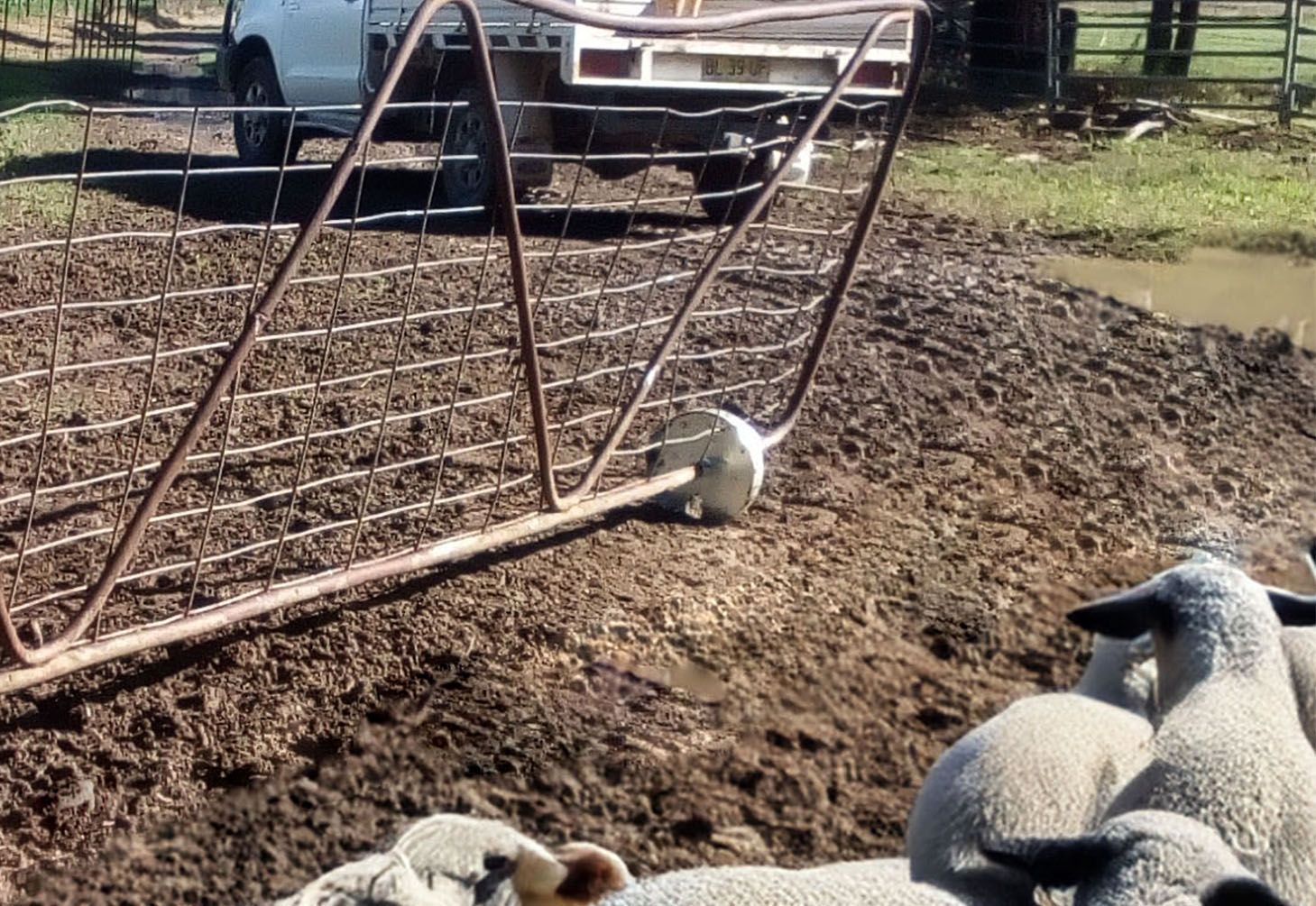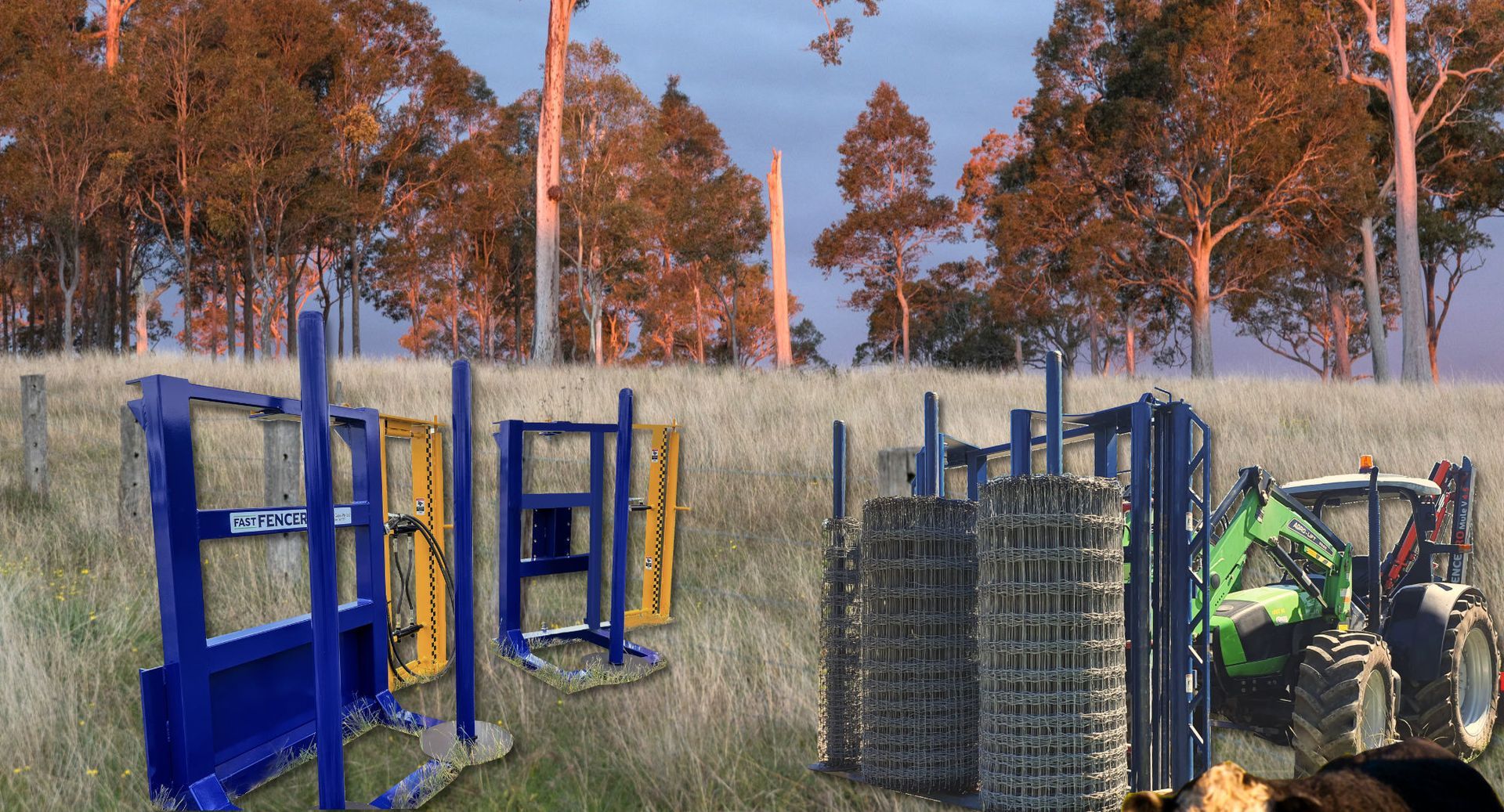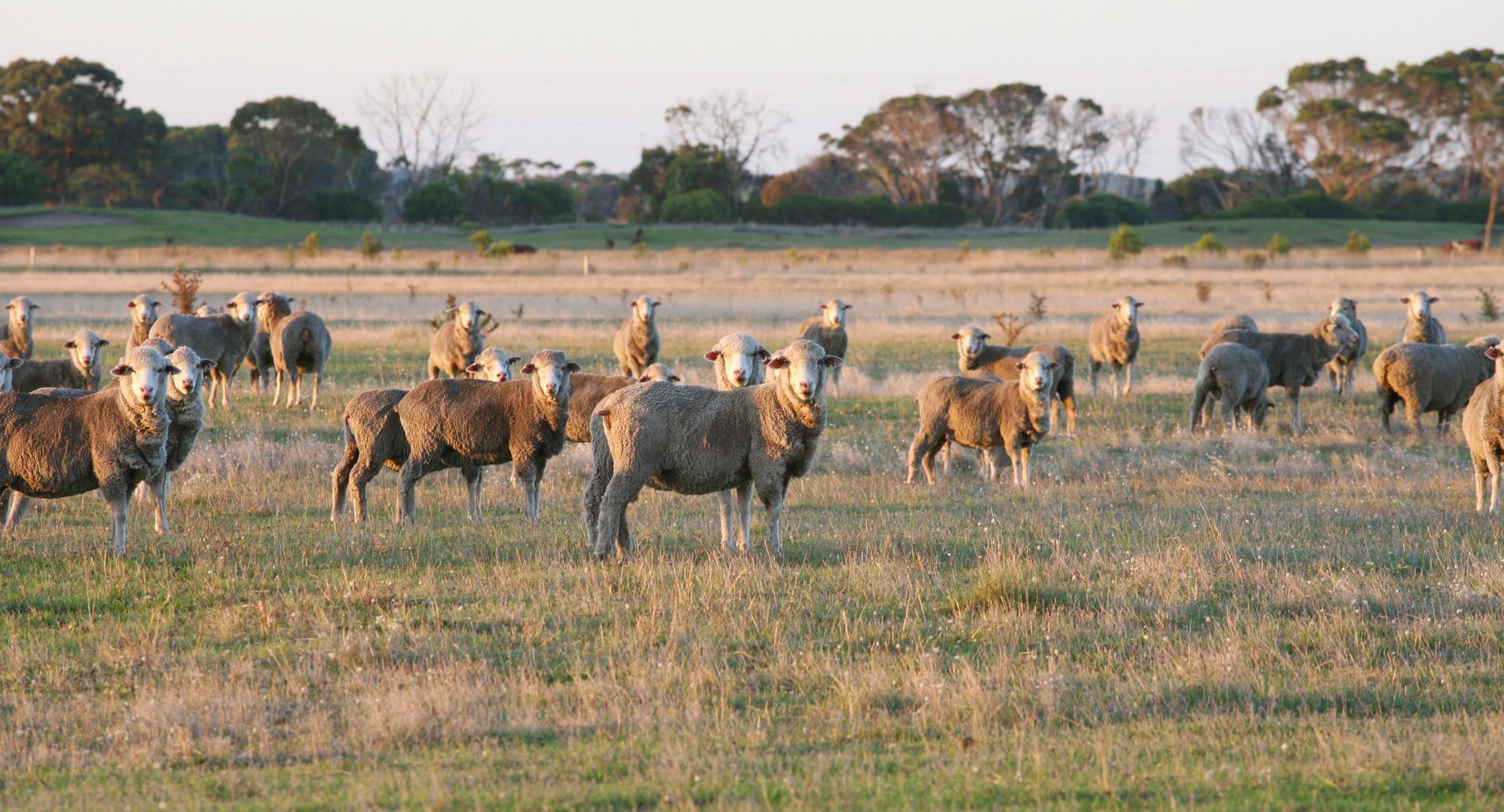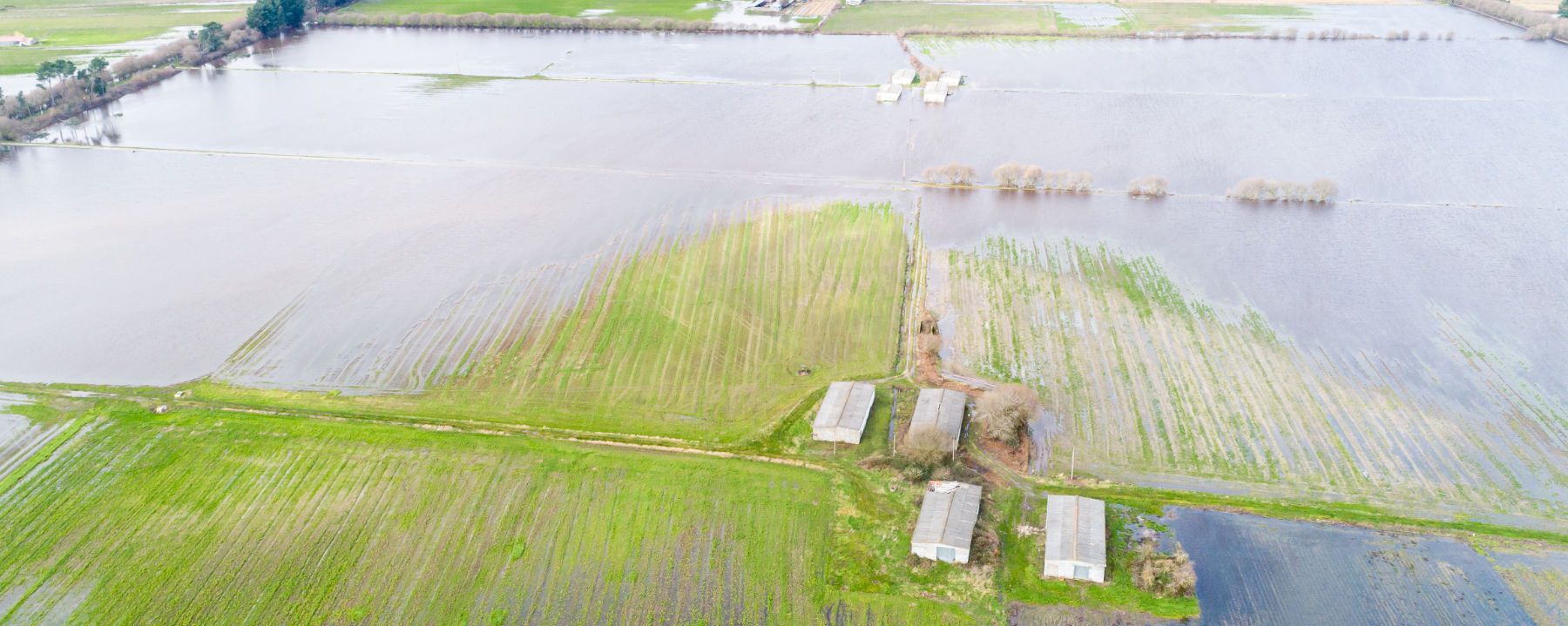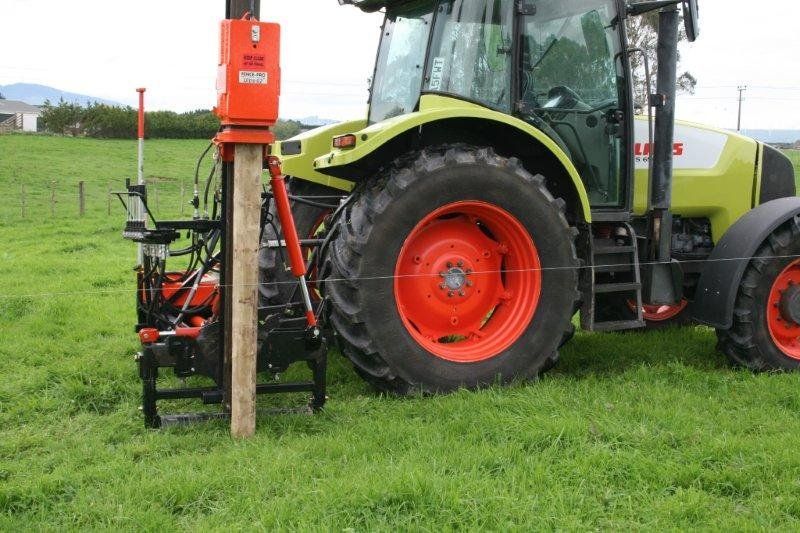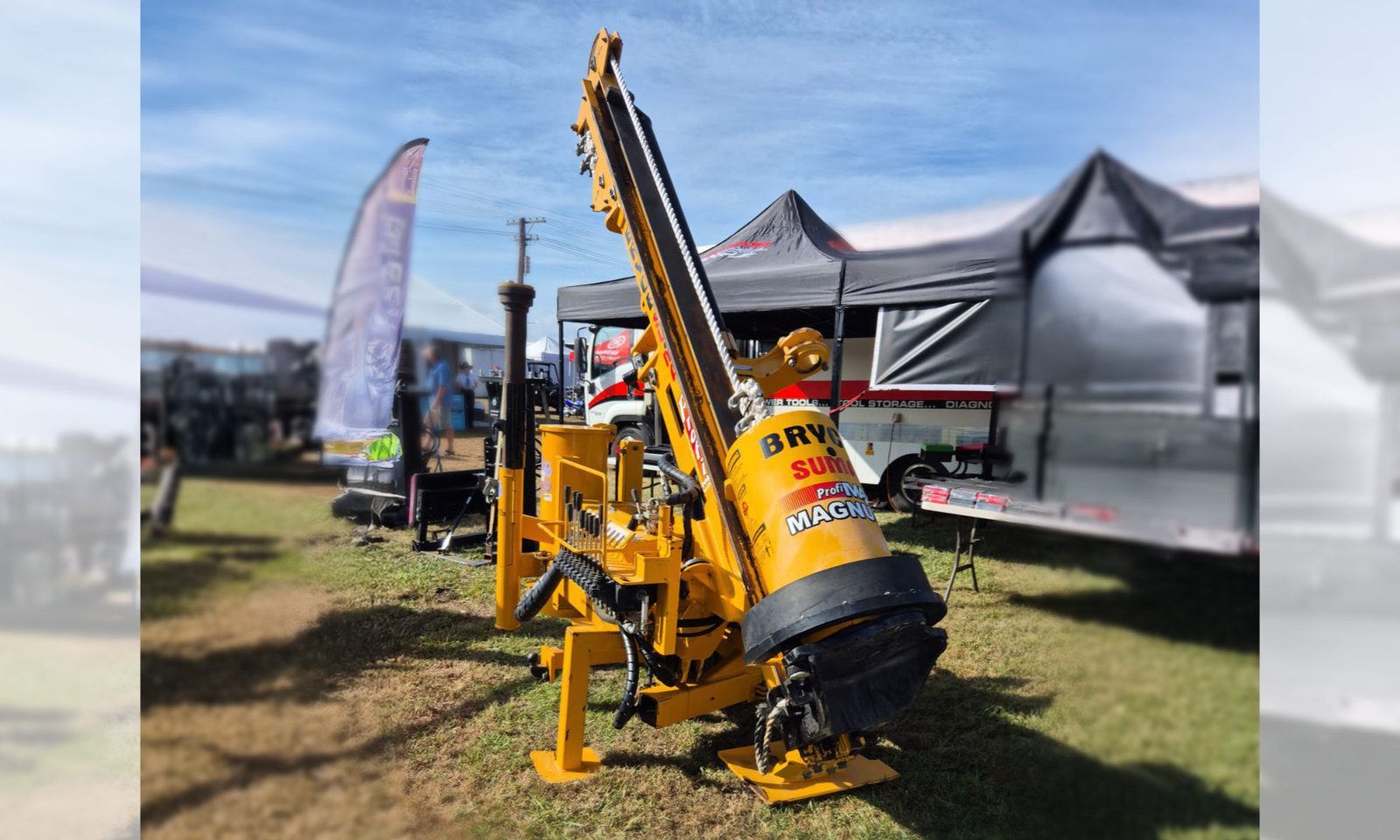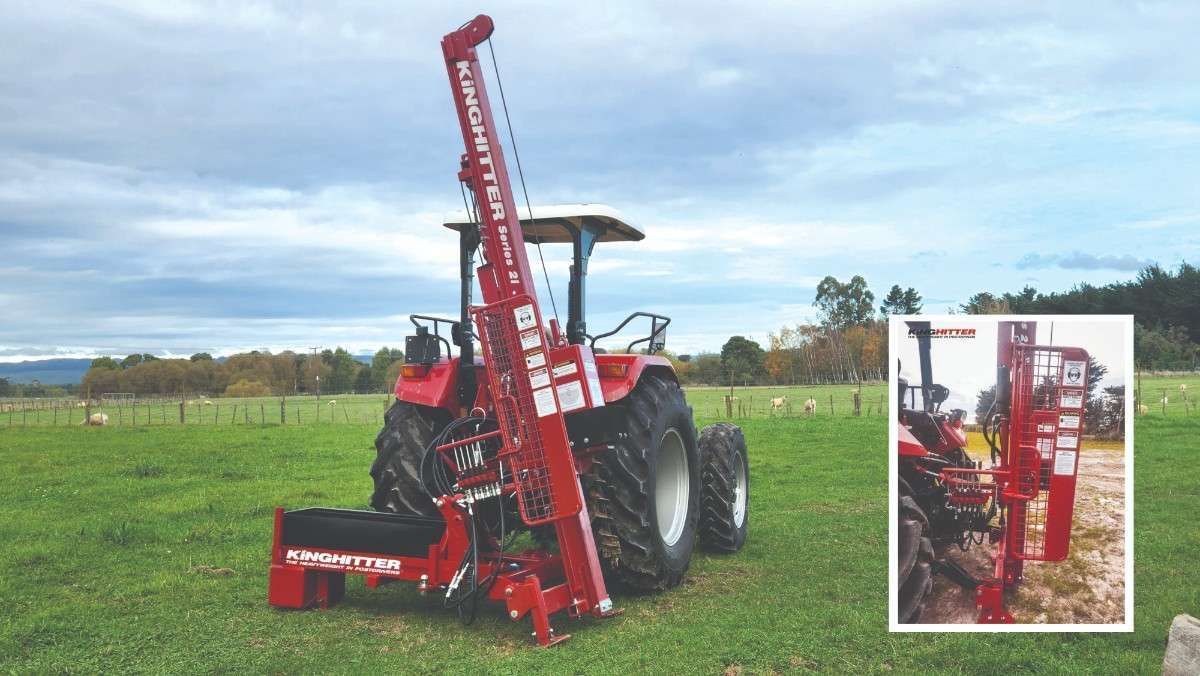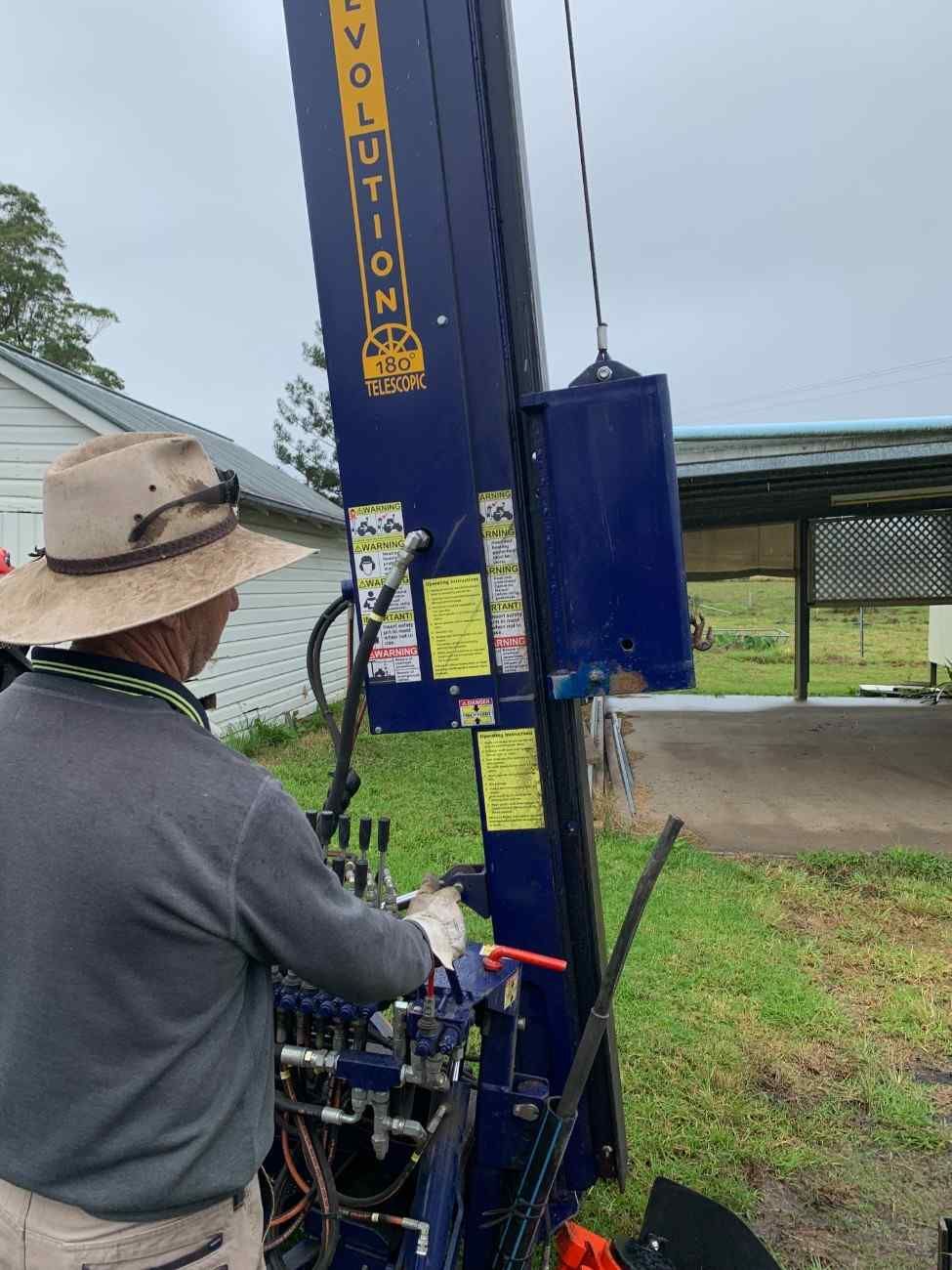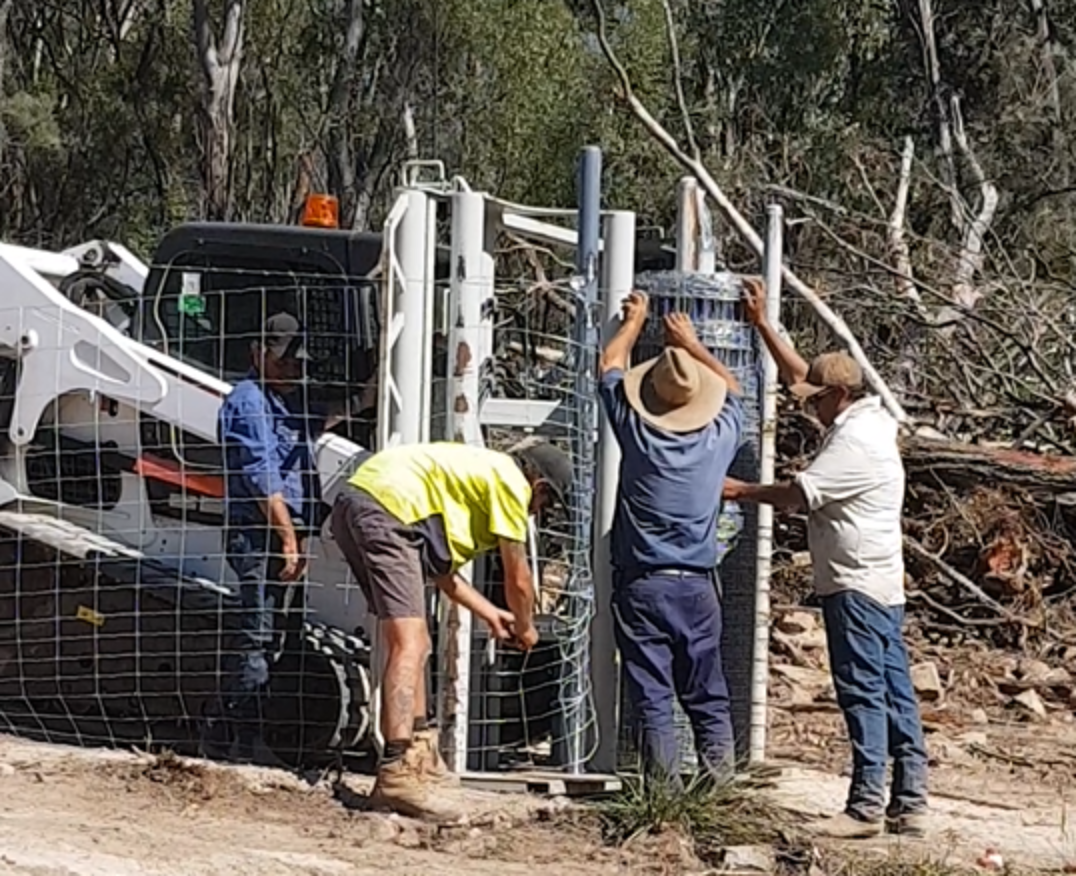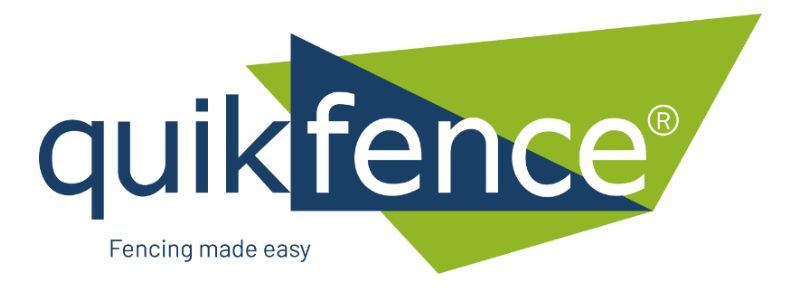Expert Tips for Gate Wheel Installation Success - Quikfence
With your tools ready, it's an easy install job
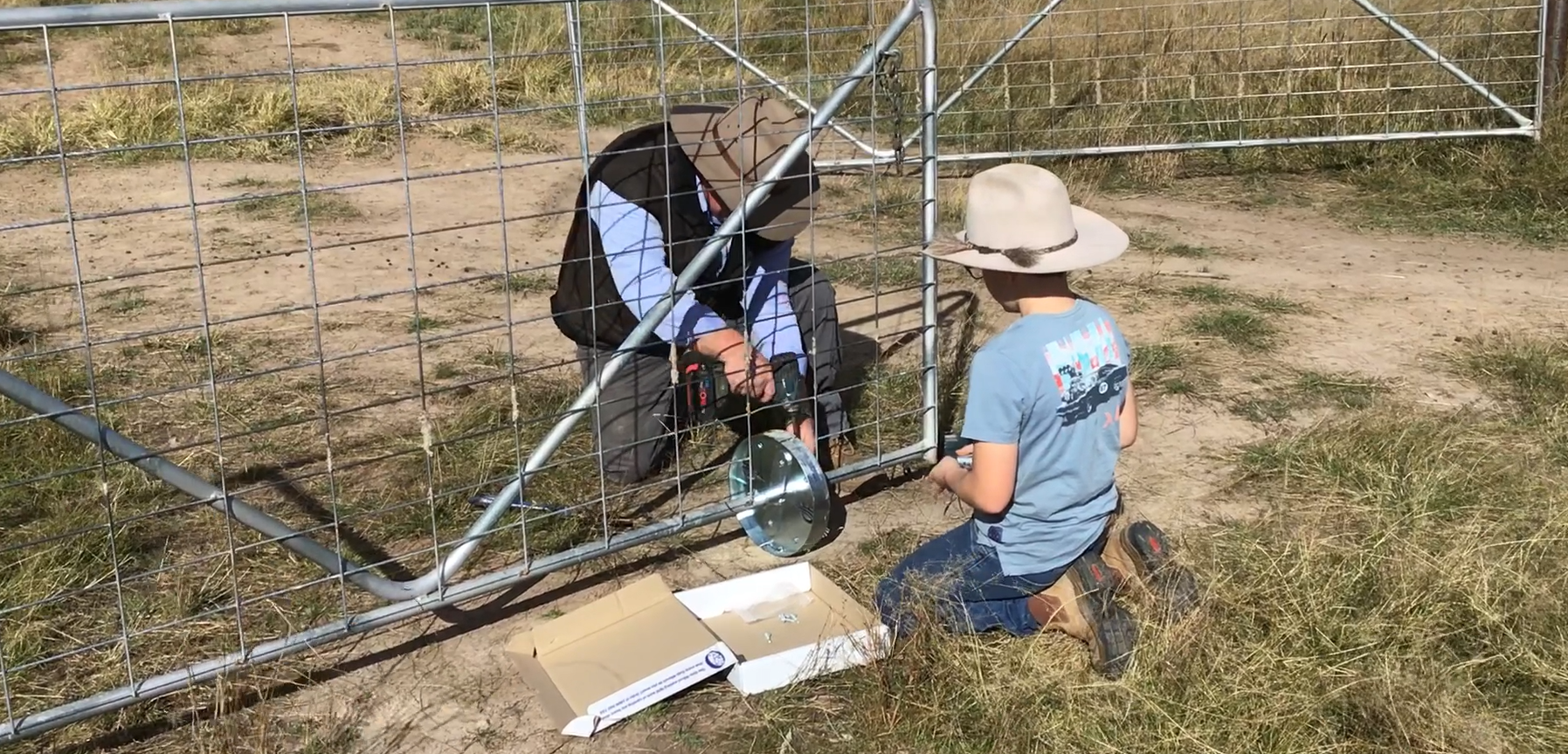
How to install The Gate Wheel:
- Gather the necessary tools: If it’s a mesh gate, you will need an axle grinder or bolt cutters create a space for the Gate Wheel, plus a drill and or socket set.
- Prepare the gate, add to an existing mesh gate, cut a space and allow 200mm in height and 185mm in width as a minimum space for the wheel to move freely.
- Place axle brackets over bottom rail of the gate.
- Place both halves of the wheel over the axle bracket.
- Place all bolts through the four outer holes and secure the two halves together tightly.
- Place the remaining two bolts through the axle bracket and wheel halves and tighten.
- Fix brackets either side of the wheel on the gate to keep the wheel in place with tek screws supplied.
- Test The Gate Wheel: Once The Gate Wheel is securely installed, test it out by opening and closing the gate a few times to ensure that it is functioning properly.
Overall, the installation process for The Gate Wheel is simple and straightforward, requiring only basic tools and should take less than 10-15 minutes. With The Gate Wheel properly installed, opening heavy steel gates becomes easier, safer, and more efficient.
To see the Gate Wheel being attached click here to see it on YouTube.
The Post by QuikFence

When it comes to fencing jobs in windy or wet conditions, some contractors slow down or postpone work entirely. Mud, solid ground, and boggy terrain often mean that driving becomes more frustrating than productive. But what if the right piece of machinery could change that? Enter the PostPuncher, a skid steer post driver designed to tackle the demands of post installation, even when the weather turns against you. The Aussie Weather and Ground Conditions In Australia, winters in the southern regions bring frequent rainfall, soft soils, and even frost in some areas. In contrast, the northern parts can remain dry, though occasional tropical downpours still create muddy paddocks. Fencing contractors working year-round face all these variations and more. Most equipment tends to struggle with wet soils that offer little resistance, causing posts to wobble or sink unevenly. Too much solid ground can also be incredibly resistant to conventional tools, chewing up time and energy. That’s where having the right gear, something built tough and versatile, makes all the difference. What Makes the PostPuncher Stand Out? The PostPuncher isn't just another attachment; it's a machine built for operators who rely on precision and reliability. It attaches easily to a skid steer or front-end loader, giving it a mobility advantage. In winter, when paddocks are muddy and access routes are limited, having a compact, skid steer-mounted post driver is the way to go. Operators can charge through soft terrain more easily without churning up the ground too much. That’s ideal for farms looking to avoid turning wet paddocks into a mud pit. What’s more, the PostPuncher’s design allows for consistent driving force with minimal bouncing or misalignment. This is important when the soil is soft, too much vibration can loosen the surrounding earth and leave you with a wobbly fence line. Working Through Wet Soil One of the most frustrating aspects of fencing in damp conditions is when posts won’t stay straight or firm. In soft ground, you might find yourself readjusting the post multiple times before it sits right. The PostPuncher, with its vertical driving action and focus on clean impact, reduces that fuss. It delivers a direct, downwards force that helps seat the post in a single motion. The precision and power help to compact the soil around the post as it's driven, reducing the need for manual correction. For fencing contractors working on a tight schedule, even during rainy weeks, this saves hours of adjusting and second-guessing. Handling Harder Winter Soil While some parts of Australia experience wet winters, others face frosty mornings and hardened clay soil. That can bring different issues, especially when the ground becomes stubborn and unyielding. Fortunately, the PostPuncher’s robust build can take on those tougher conditions. Skid steers provide stability and hydraulic power that translates well into post driving, even on resistant ground. You won’t need to jump on the post or waste time trying to pre-dig. The force of the PostPuncher handles most common post sizes without hesitation. Some operators pair the machine with pointed posts or even a pilot hole for the initial guide. But even without those, the hydraulic force generated is often enough to break through winter-hardened top layer of soil. More Than Just Tough, It’s Smart to Use There’s no denying that wet and winter work is slower than dry-season fencing. But smart machinery like the PostPuncher helps even the playing field. Rather than delaying projects until spring or summer, contractors can keep moving, meeting deadlines and taking on more work through the year. This is especially important for larger rural properties where fencing isn’t just a weekend job. Waiting for ideal weather isn’t always an option when livestock need to be managed or boundaries shifted. Save Fuel, Time and Labour Fencing in wet conditions usually means your tools may have to work harder, your team moves slower, and your vehicle burns more fuel trying to get into place. With a skid steer post driver like the PostPuncher, you’re running a compact, nimble setup that’s built for efficiency. No need for tractors pulling heavy trailers or back-breaking manual hammering. The PostPuncher reduces physical fatigue while boosting output, meaning you get more done with less effort. Built for Australian Conditions QuikFence doesn’t just support any equipment. They supply machinery that suits the conditions Aussie farmers and contractors actually deal with. The PostPuncher’s design reflects that. Built tough, easy to mount, and reliable in real-world terrain, this machine won’t sit idle in the shed waiting for the perfect dry day. It’s an essential addition to any fencing contractor’s fleet or long-term investment for larger farms wanting to take control of their fencing work. Should You Consider a PostPuncher for Winter Jobs? Absolutely, if staying productive year-round is on your list. Wet weather and winter work don’t have to mean delays and inefficiency. With the right equipment, you can press on with confidence. Whether you’re fencing paddocks for cattle, repairing storm-damaged sections, or setting new boundaries after a property subdivision, having a reliable skid steer post driver in your lineup means one less thing to worry about.

